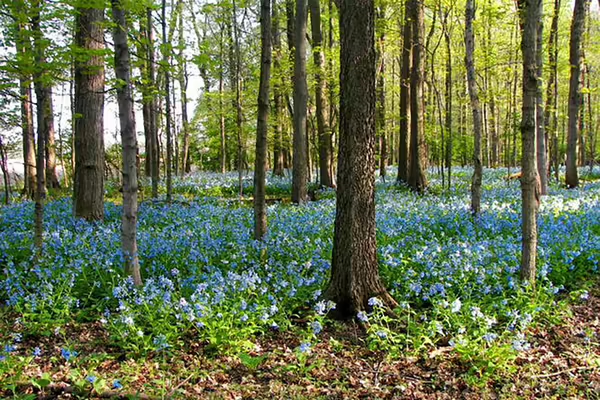
URBANA, Ill. — Researchers at the University of Illinois Urbana-Champaign have analyzed 96 years of forest census data to better understand ecological changes and inform management practices. Their study, published in Forest Ecology and Management, reveals concerning homogenization trends. This means the forest has become less diverse over time, losing trees that played a critical role in its ecosystem.
The researchers analyzed census data from Trelease Woods, which the university acquired in 1917. Homogenization was linked to the spread of the emerald ash borer, an invasive beetle, and Ophiostoma fungi, that causes Dutch elm disease.
Many deciduous forests like Trelease Woods are losing diversity, co-author Jennifer Fraterrigo said. Fraterrigo is professor of natural resources and environmental sciences. She worked on the study with her former graduate student, Jennifer Álvarez, who is currently an environmental assessment researcher at the Illinois State Geological Survey, part of the Prairie Research Institute at Illinois. Integrative biology professor James Dalling and former NRES forest ecologist John Edgington were also co-authors on the study.
Dutch elm disease and the emerald ash borer have significantly decreased the abundance of elm and ash trees in Trelease Woods and across North America, Fraterrigo said. However, diseases and pests failed to fully explain homogenization trends: suppression of forest fires, whitetail deer overpopulation, and the introduction of invasive plants can also drive homogenization, she said.
“The study was focused on biotic disturbances — disease, pests, and invasives — because we have data from before they arrived, so that's something we knew was affecting the forest,” Álvarez said. “But we can’t isolate any single factor.”
Read the full article from the College of ACES.
University of Illinois Extension develops educational programs, extends knowledge, and builds partnerships to support people, communities, and their environments as part of the state's land-grant institution. Extension serves as the leading public outreach effort for University of Illinois Urbana-Champaign and the College of Agricultural, Consumer and Environmental Sciences in all 102 Illinois counties through a network of 27 multi-county units and over 700 staff statewide. Extension’s mission is responsive to eight strategic priorities — community, economy, environment, food and agriculture, health, partnerships, technology and discovery, and workforce excellence — that are served through six program areas — 4-H youth development, agriculture and agribusiness, community and economic development, family and consumer science, integrated health disparities, and natural resources, environment, and energy.